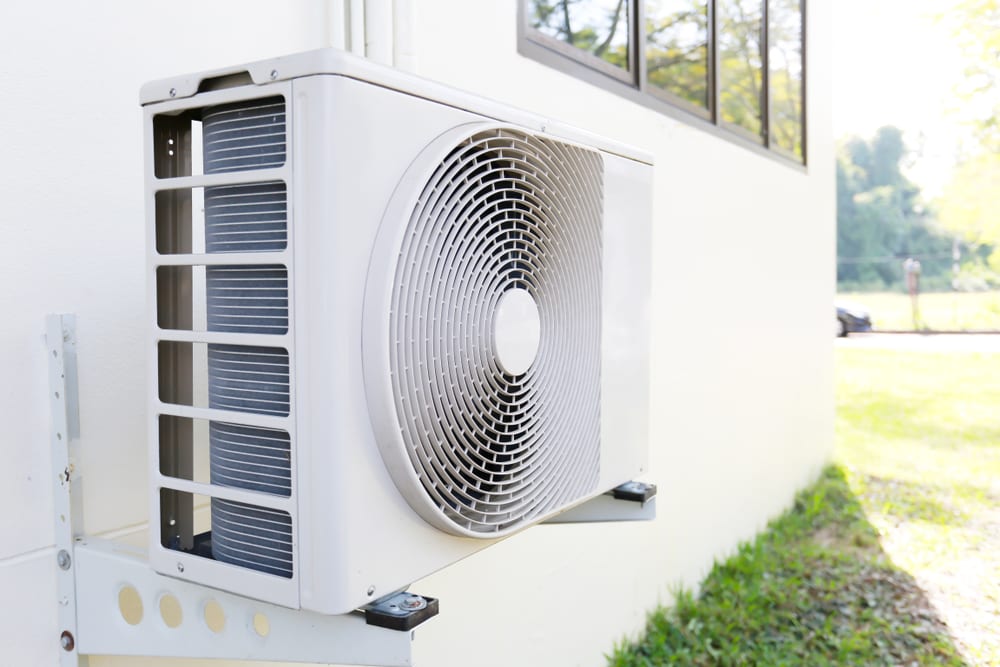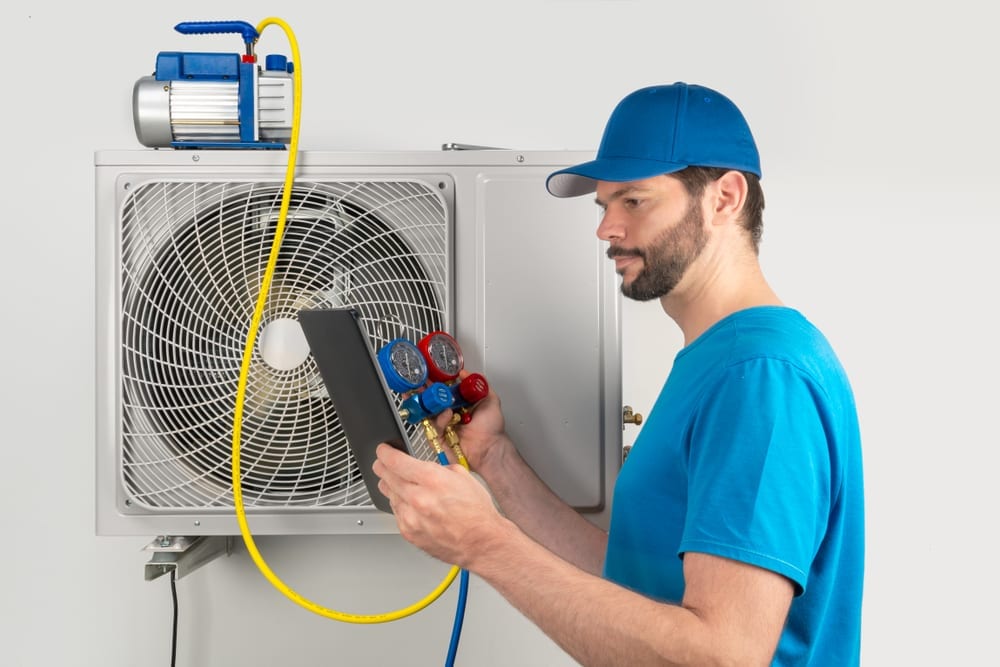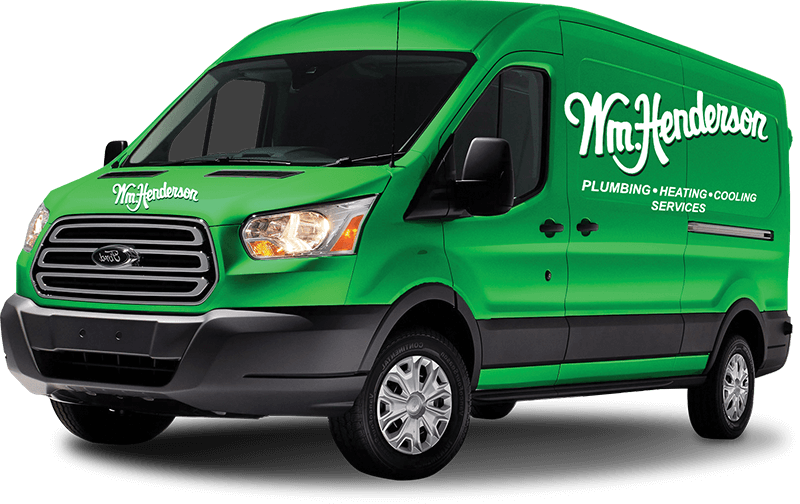
When you want to stay warm during the winter but cool during the summer, a heat pump is a valuable system. A reversing valve allows the system to function as both a heater and a cooling unit. View our tips to discover how a heat pump reversing valve works and what to do if it is malfunctioning.
What Does a Heat Pump Reversing Valve Do?
A heat pump reversing valve switches the flow of air. So, when the system sends hot air outside, the reversing valve sends it inside. The reversing valve is designed to modify the operation of a heat pump system in the summer and winter seasons to keep you comfortable.
The Parts of a Reversing Valve
Let’s explore how a reversing valve works to change the flow of air and provide the home with the right air temperature.
Electromagnetic Solenoid Valve
The electromagnetic solenoid is the part that allows the switch in airflow. The solenoid is connected to the thermostat to ensure the right temperature is reached.
Read More: What Are the Benefits of Ground and Air-Source Heat Pumps?
Redirecting the Circulation
The solenoid is also connected to a pilot valve, which directs the flow and creates pressure on the reversing valve. This pressure helps change from heating to cooling mode.
Suction and Discharge Lines
The reversing valve in a heat pump has two sets of ports, one for the suction and one for the discharge. The suction port is fitted with a poppet valve and the discharge port with a piston valve. They do what their name suggests — suction and discharge the air.

Reversing Valve Issues
If your reversing valve stops working, there’s no need to panic. It could be one of two issues—both of which have simple fixes.
Stuck Valve
If the reversing valve in your heat pump system has gotten stuck, it’s most likely due to the solenoid. If the solenoid is broken, the reversing valve cannot switch between heating and cooling. A licensed HVAC technician can assist in any repairs to the solenoid.
Electrical Issue
An electrical issue inside the system can cause the reversing valve to not work properly. This issue is common and can be easily fixed by a professional HVAC technician.
Read More: How to Clean a Garbage Disposal With Baking Soda
The Difference Between Air-Source Heat Pump Systems and Air Conditioners
Air-source heat pumps use the outside air to cool down the home. Air conditioners, on the other hand, use refrigerant to cool down the home. An air-source heat pump reverses its flow in order to provide heating during winter months, while an air conditioner does not reverse its flow.
How to Know If a Heat Pump Valve is Bad
Knowledgeable HVAC professionals can test the heat pump to determine if a reversing valve needs to be replaced. The test involves raising the pressure in the machine to magnify any issues so they’re easily identifiable. The compressor and reversing valve ends are both checked to see which heats up quicker. The end that heats up faster is the root of the issue.
It’s important to know if your reversing valve fails, you could be paying for higher energy consumption and lost efficiency due to reduced airflow.
 Heat Pump Repair & Installation Services From WM Henderson
Heat Pump Repair & Installation Services From WM Henderson
If you are having issues with the reversing valve in your heat pump system, our team is available to help you. We offer innovative heat pump installation and repair services for homes in areas of Pennsylvania such as Wayne, Havertown, Ardmore, Drexel Hill, and Broomall.
Our team of technicians also offers other types of HVAC services such as furnace installation, boiler maintenance, furnace repair, and air purification system installation. The expert team at WM Henderson has been providing HVAC installation services to families in Pennsylvania since 1977. Call (484) 206-8594 to schedule an appointment or book online now.

